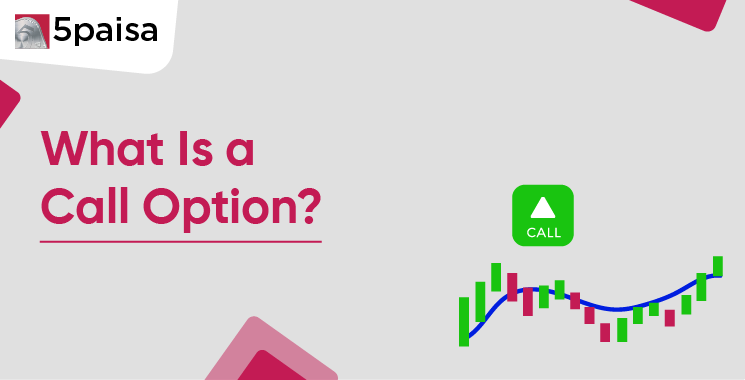Content
- Introduction
- Understanding Call Options
- How does a call option work?
- Types of Call Options
- What are Weekly Options and Monthly Options?
- Why buy a call option?
- Why sell a call option?
- Factors that Influence the Price of a Call Option
- How to Calculate Call Option Payoffs
- Purposes of Call Options
- Examples of Call Options
- The Bottom Line
- FAQs:
Introduction
Options trading is one of the most widely used types of derivatives trading. It provides the contract buyer with a right to buy or sell, as per the type of options contract. A call option gives the contract buyer the right to buy whereas a put option means the contract buyer possesses the right to sell. In this article, we will dig deep into what is a call option.
More Articles to Explore
- Difference between NSDL and CDSL
- Lowest brokerage charges in India for online trading
- How to find your demat account number using PAN card
- What are bonus shares and how do they work?
- How to transfer shares from one demat account to another?
- What is BO ID?
- Open demat account without a PAN card - a complete guide
- What are DP charges?
- What is DP ID in a demat account
- How to transfer money from demat account to bank account
Disclaimer: Investment in securities market are subject to market risks, read all the related documents carefully before investing. For detailed disclaimer please Click here.




